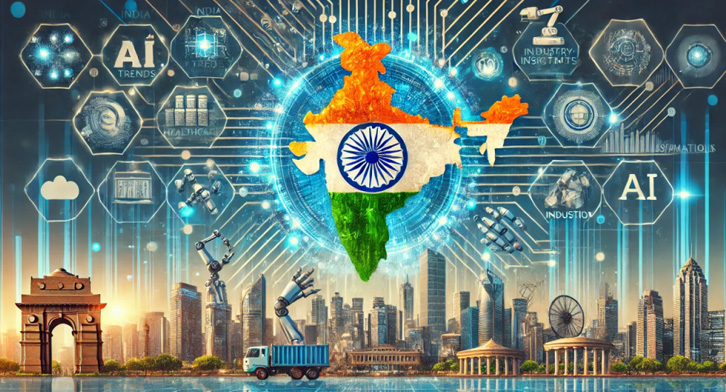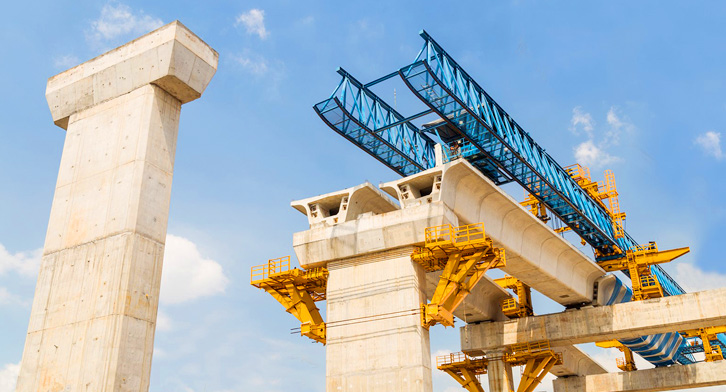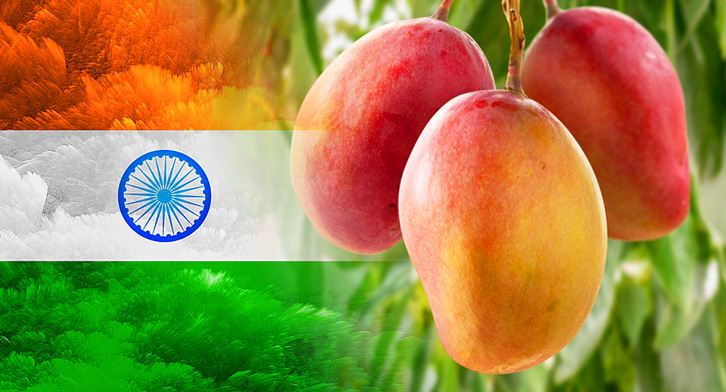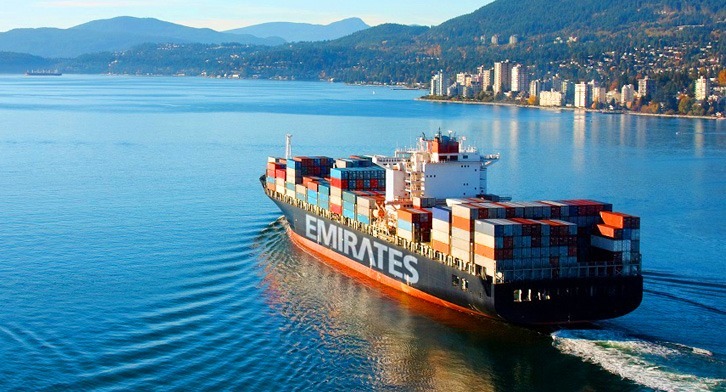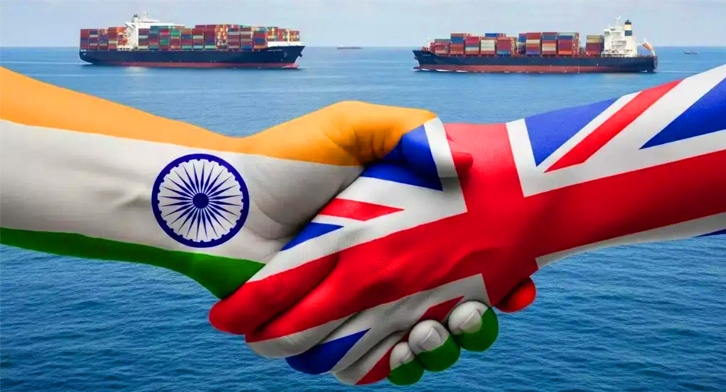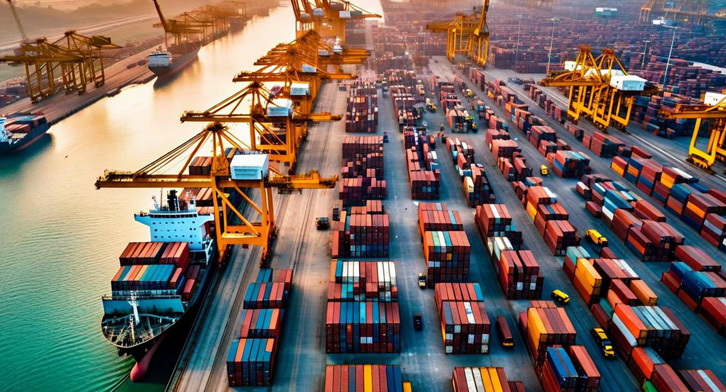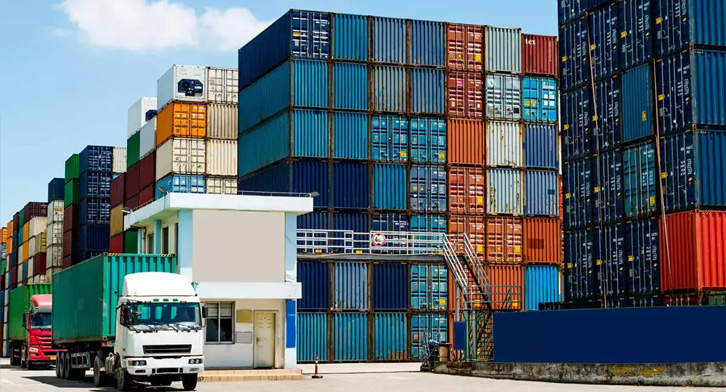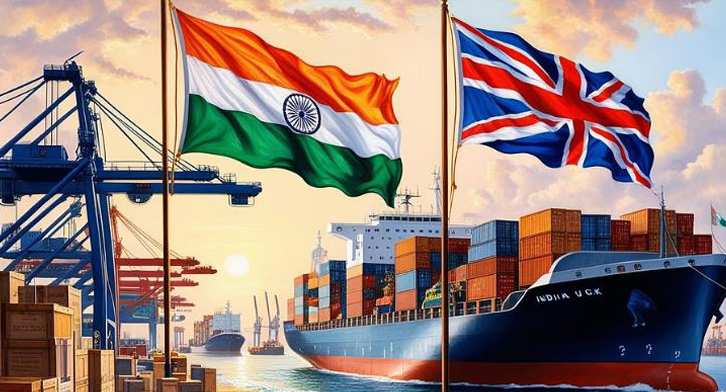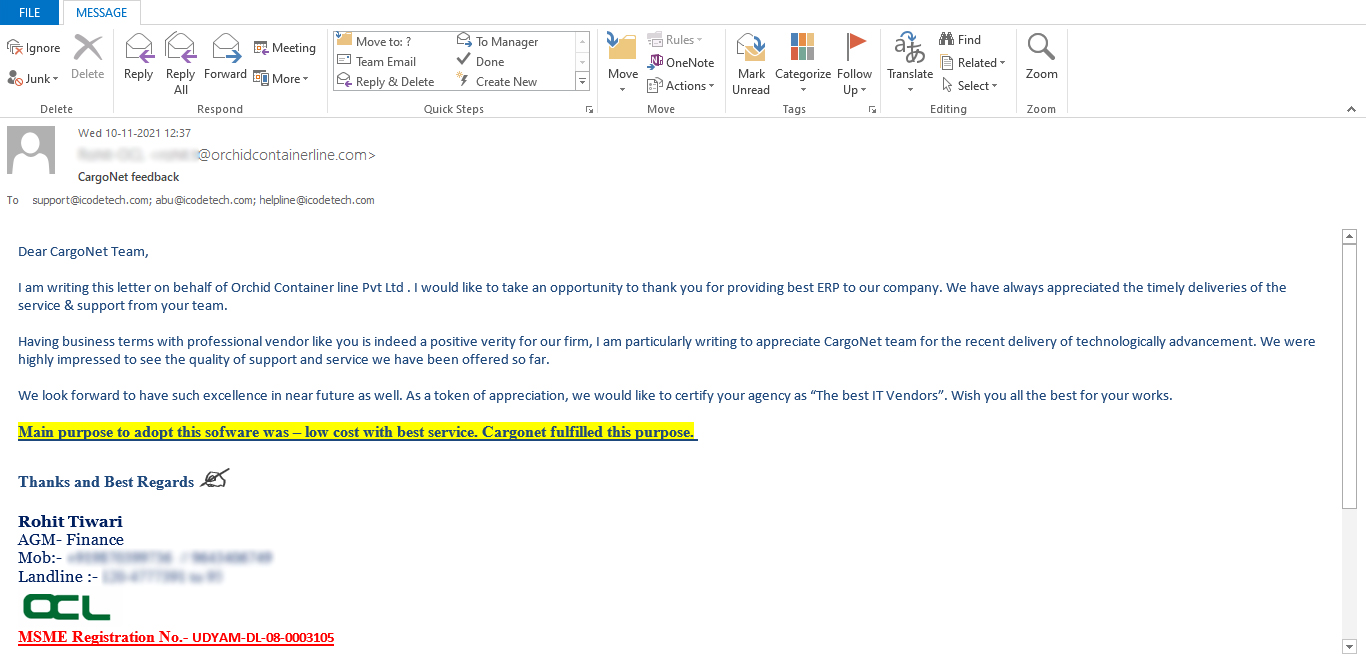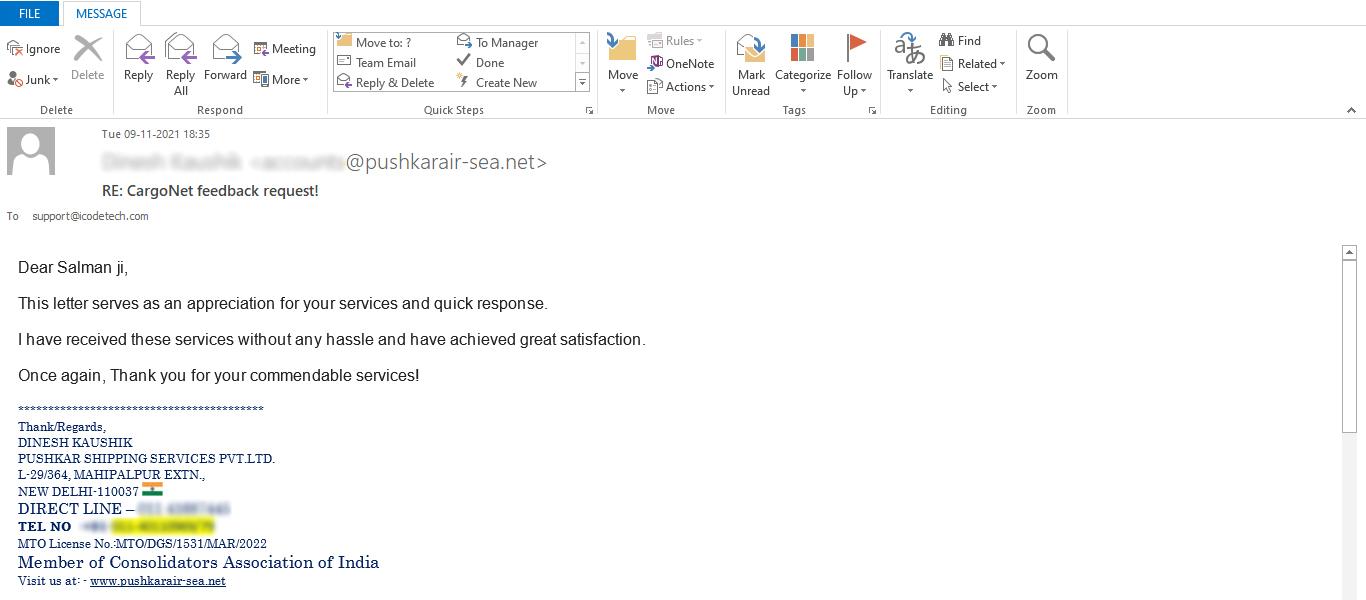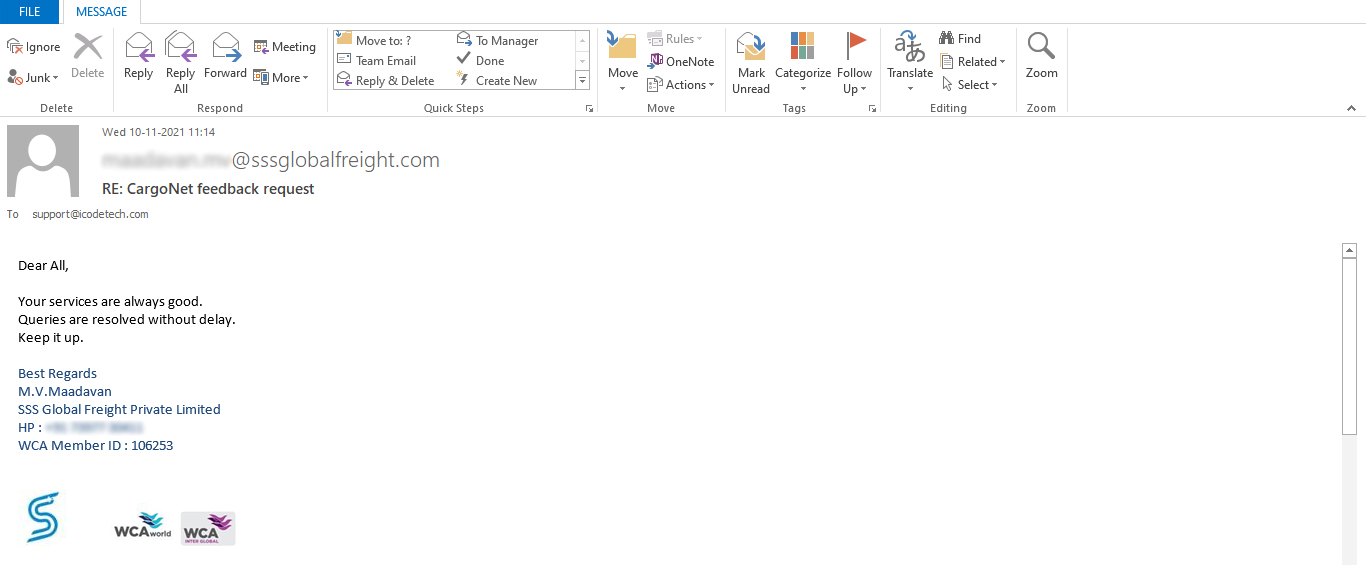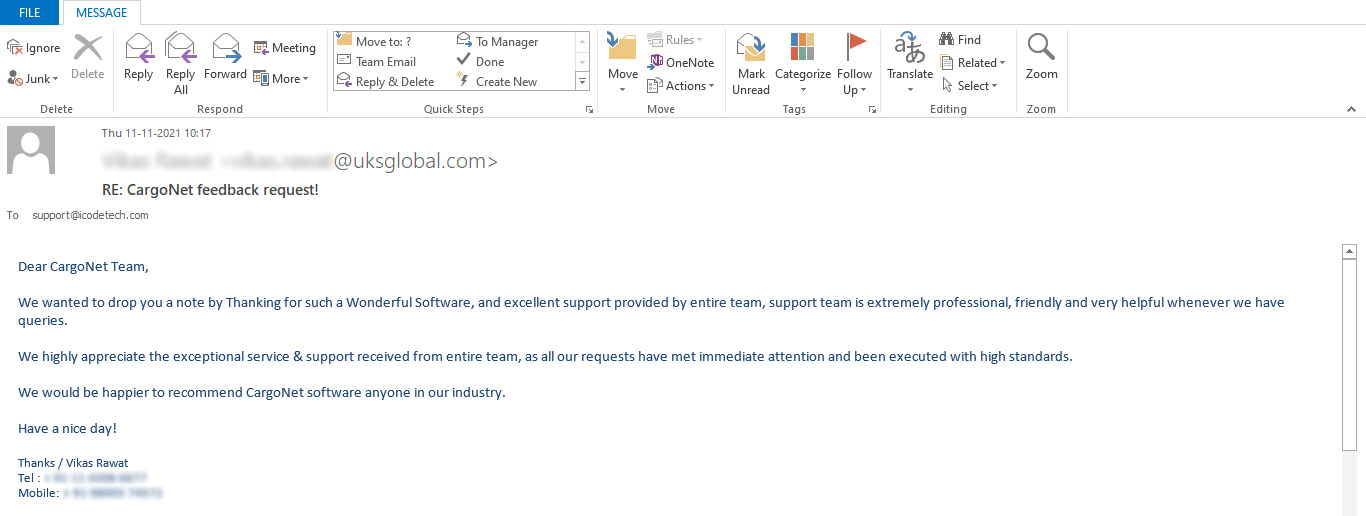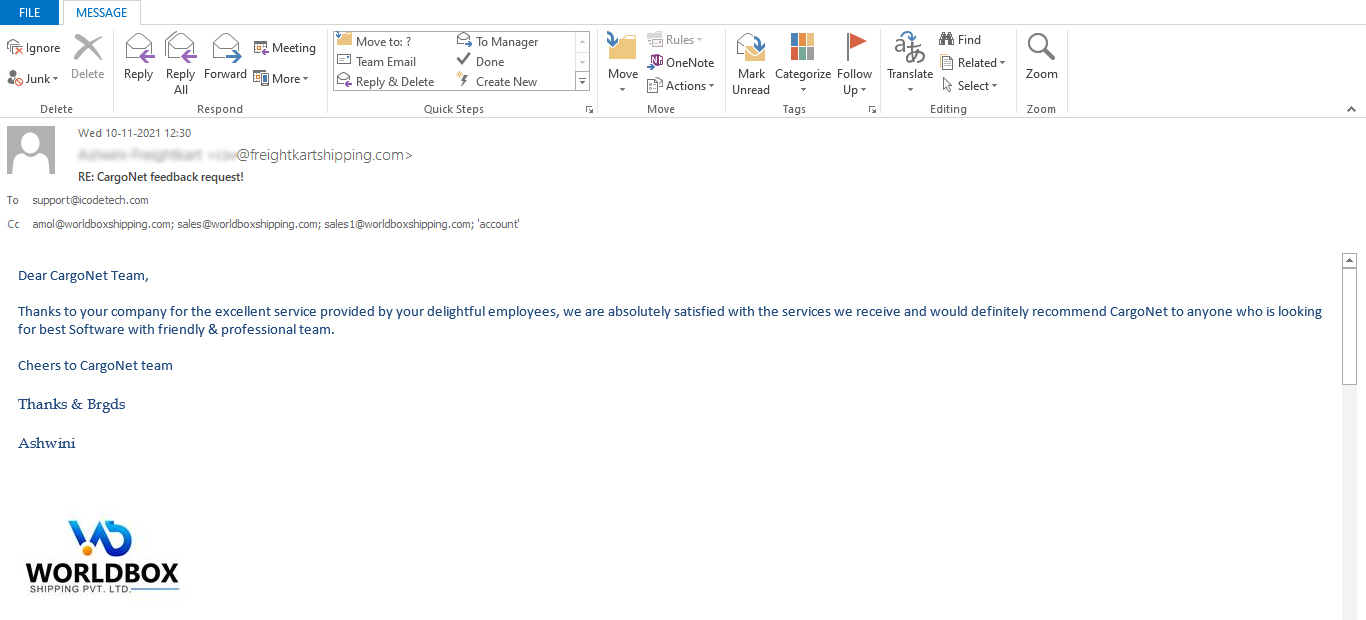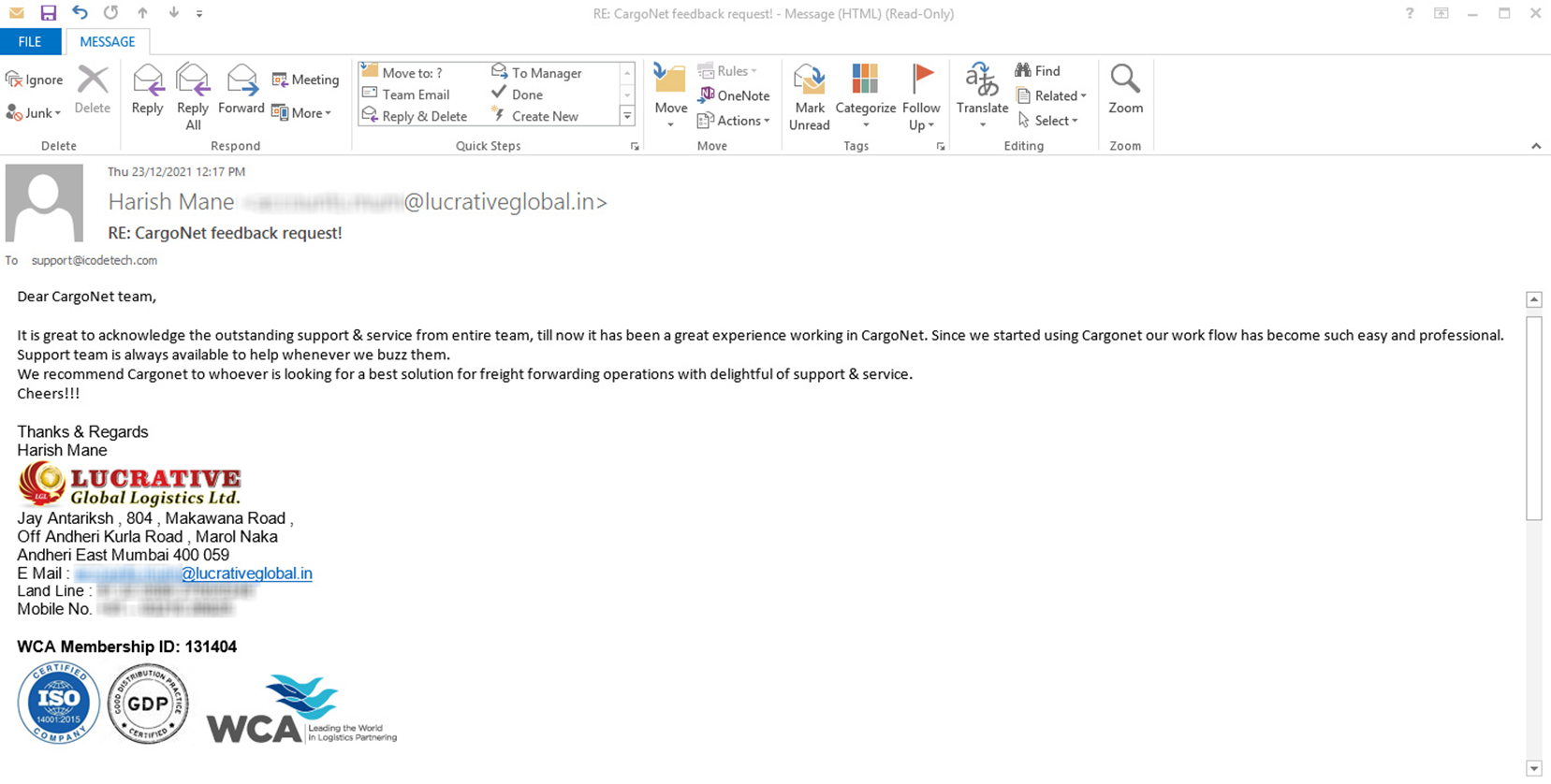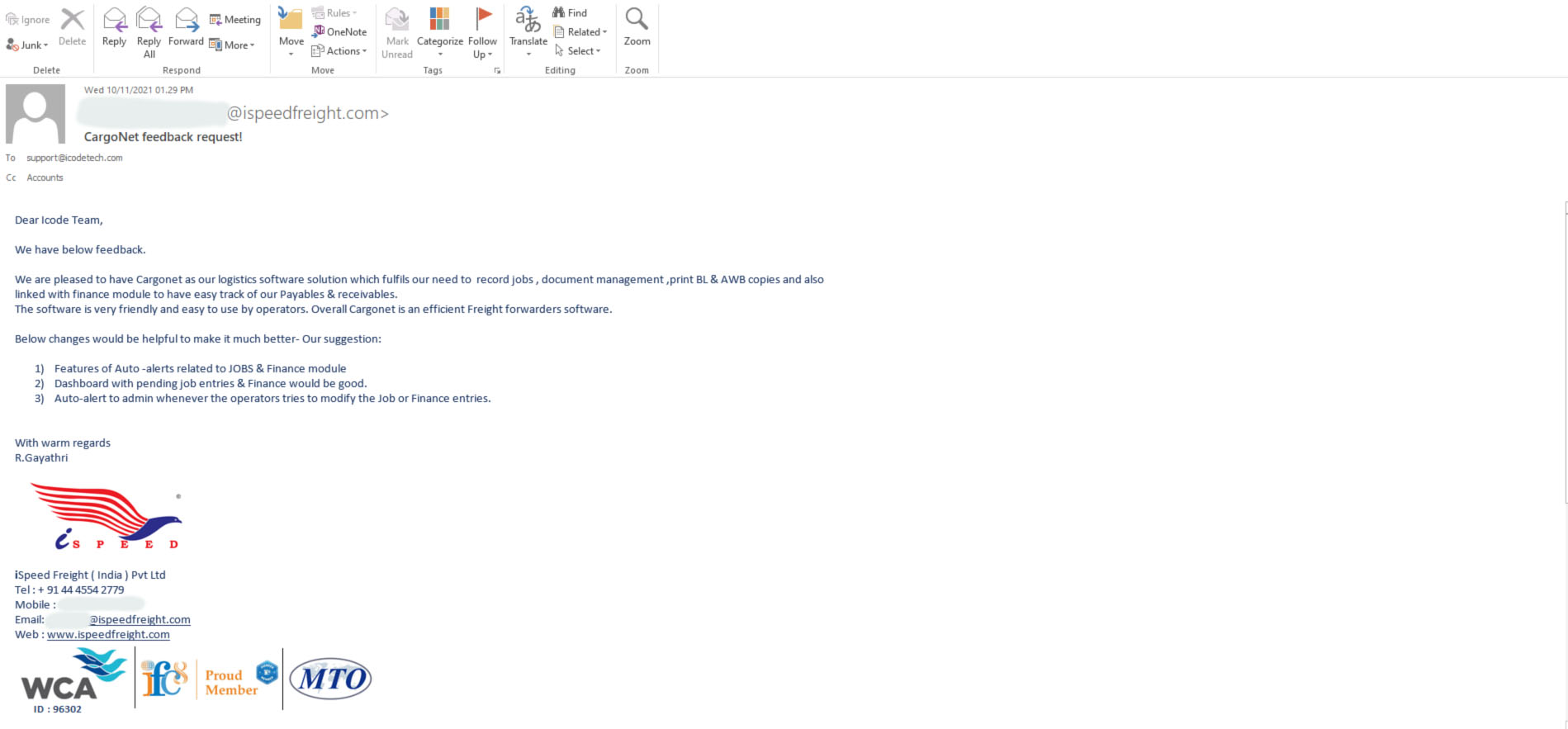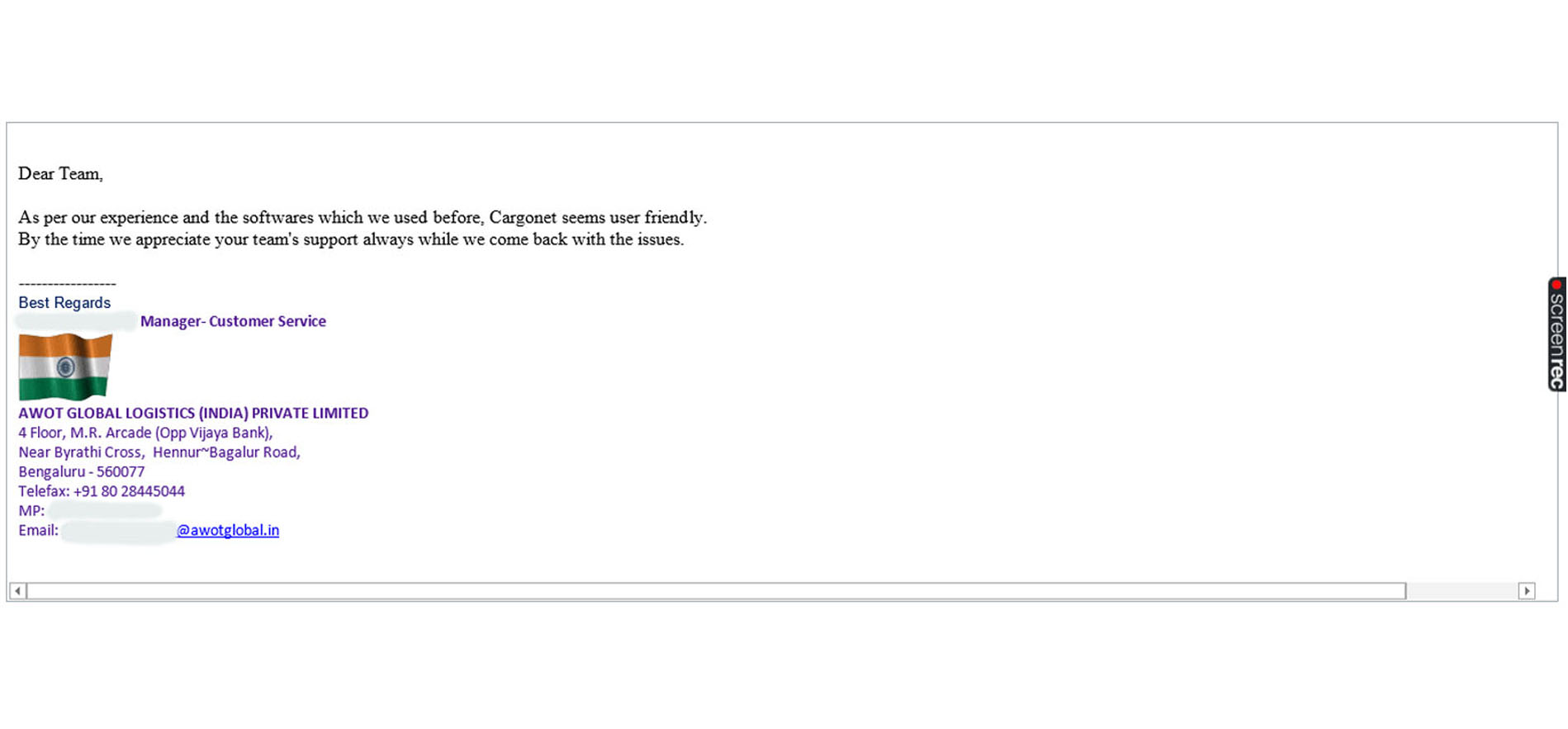India is fast becoming a global powerhouse in artificial intelligence (AI), with a national strategy anchored in inclusion, innovation, and ethical governance. Spearheaded by Prime Minister Narendra Modi’s vision to democratise technology, the country is turning AI into a powerful engine for solving local challenges, boosting economic growth, and creating jobs.
With a digital economy worth over ₹21.6 lakh crore (US$ 250 billion) and a tech workforce of more than 6 million, India is ranked among the world’s top AI nations by the Stanford AI Index and is the 2nd-largest contributor to AI projects on GitHub.
Key Highlights:
- IndiaAI Mission (launched March 2024) built on 7 strategic pillars to promote inclusive and scalable AI growth.
- LLAMA family AI models hosted on AIRAWAT by MeitY, promoting open-source AI development.
- Legal safeguards in place:
- IT Act 2000 and Bharatiya Nyay Sanhita 2023 tackle misuse (deepfakes, identity theft, etc.).
- Digital Personal Data Protection Act 2023 reinforces user data rights.
- IT Rules 2021 mandate quick grievance redressal for synthetic or manipulated content (within 24 hours).
- Cybersecurity measures strengthened:
- CERT-In releases regular AI risk advisories.
- Certified Security Professional in AI (CSPAI) program enhances talent readiness.
- Regulatory framework being crafted by a high-level advisory group under the Principal Scientific Advisor.
What It Means:
India isn’t just adopting AI — it’s shaping its future. With an emphasis on open ecosystems, developer support, data protection, and ethical AI, the country is setting a model for responsible AI leadership globally.


